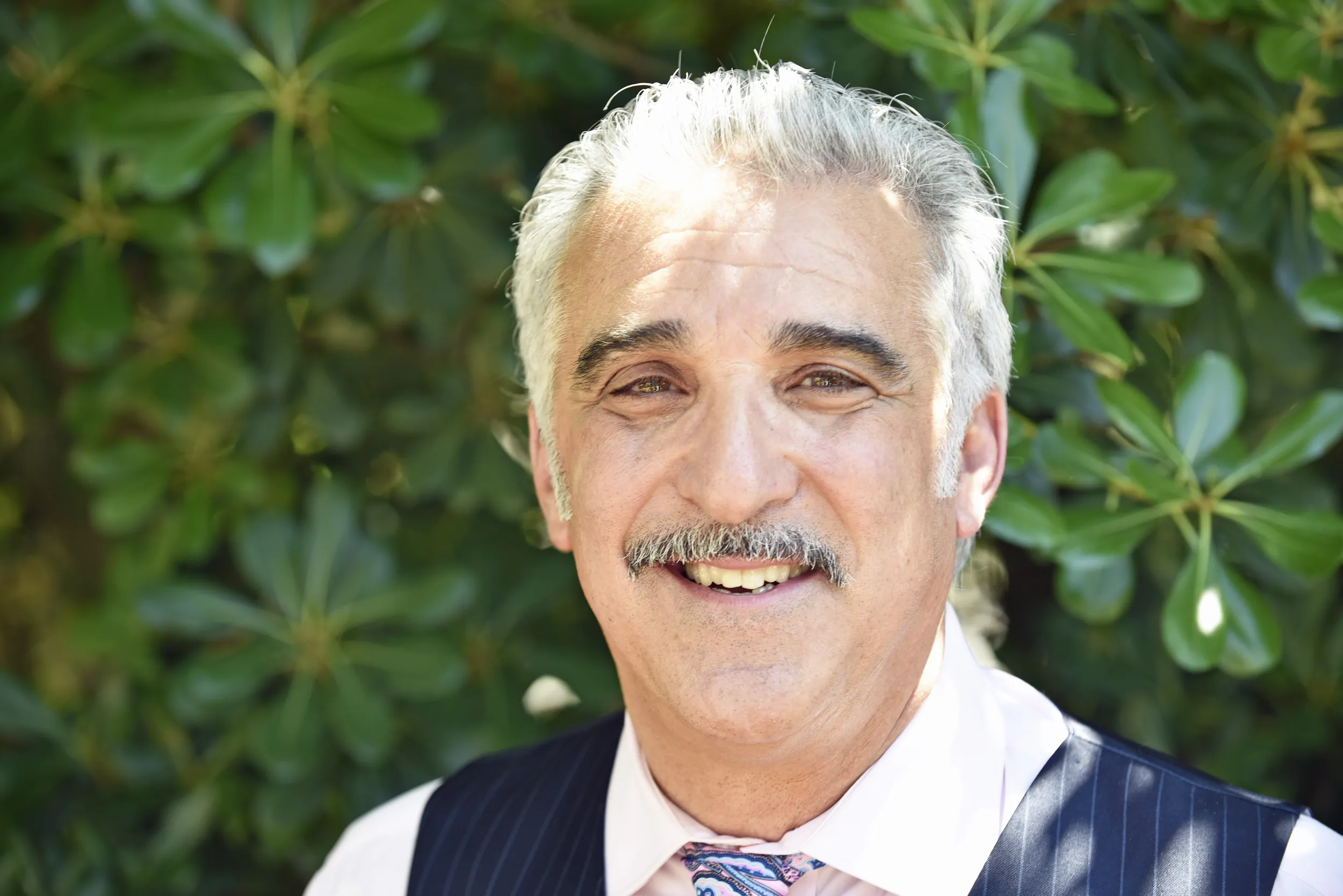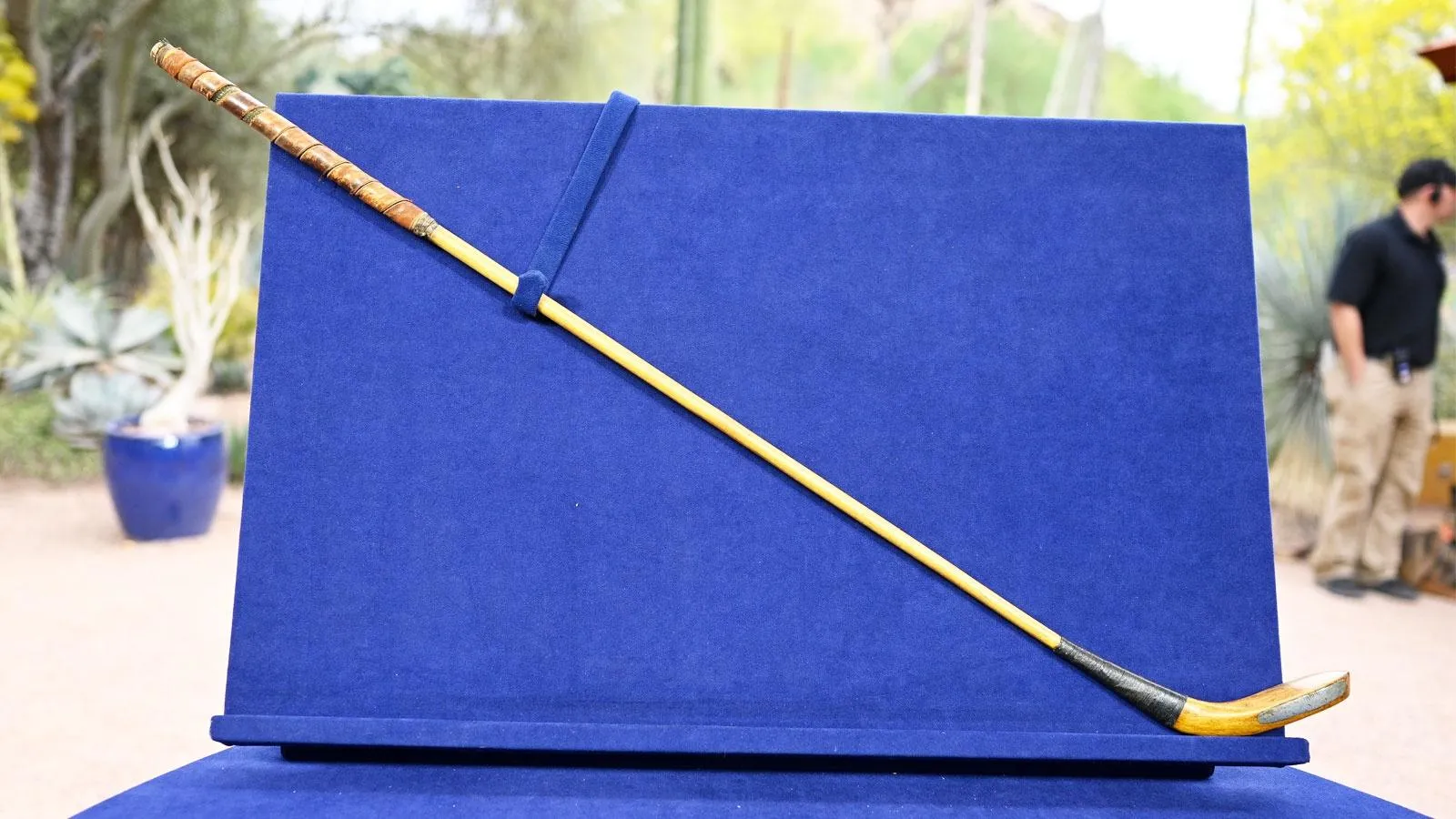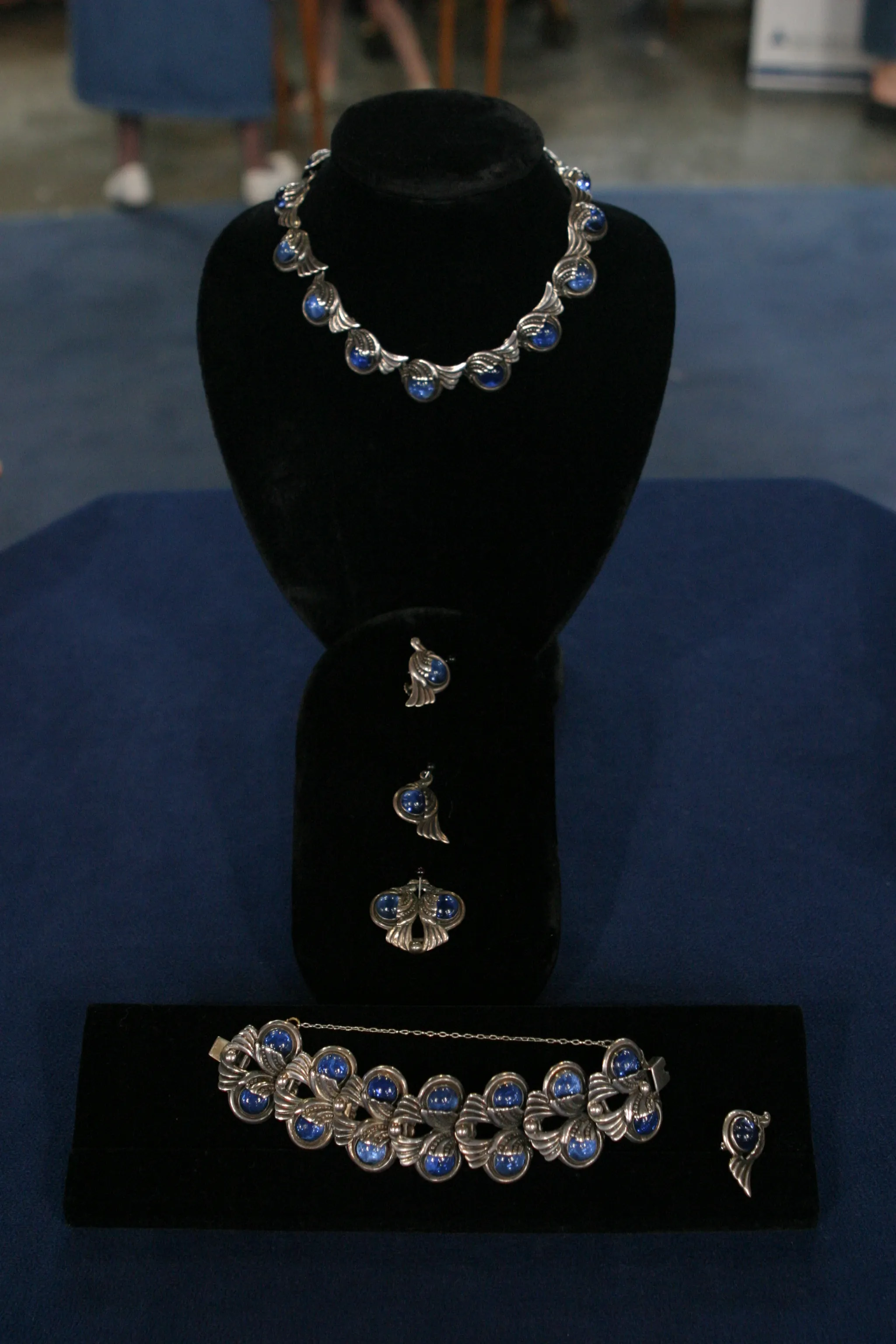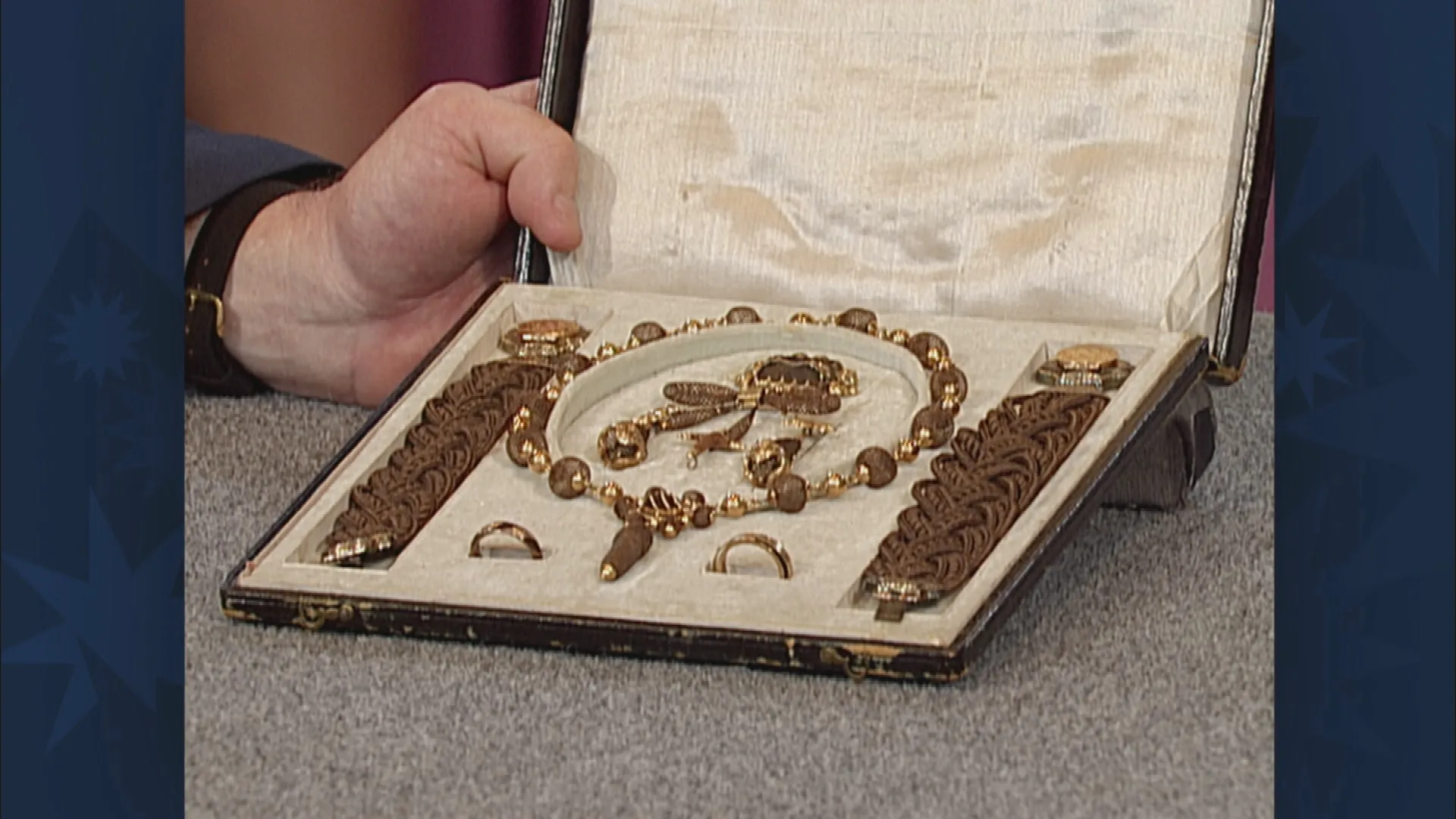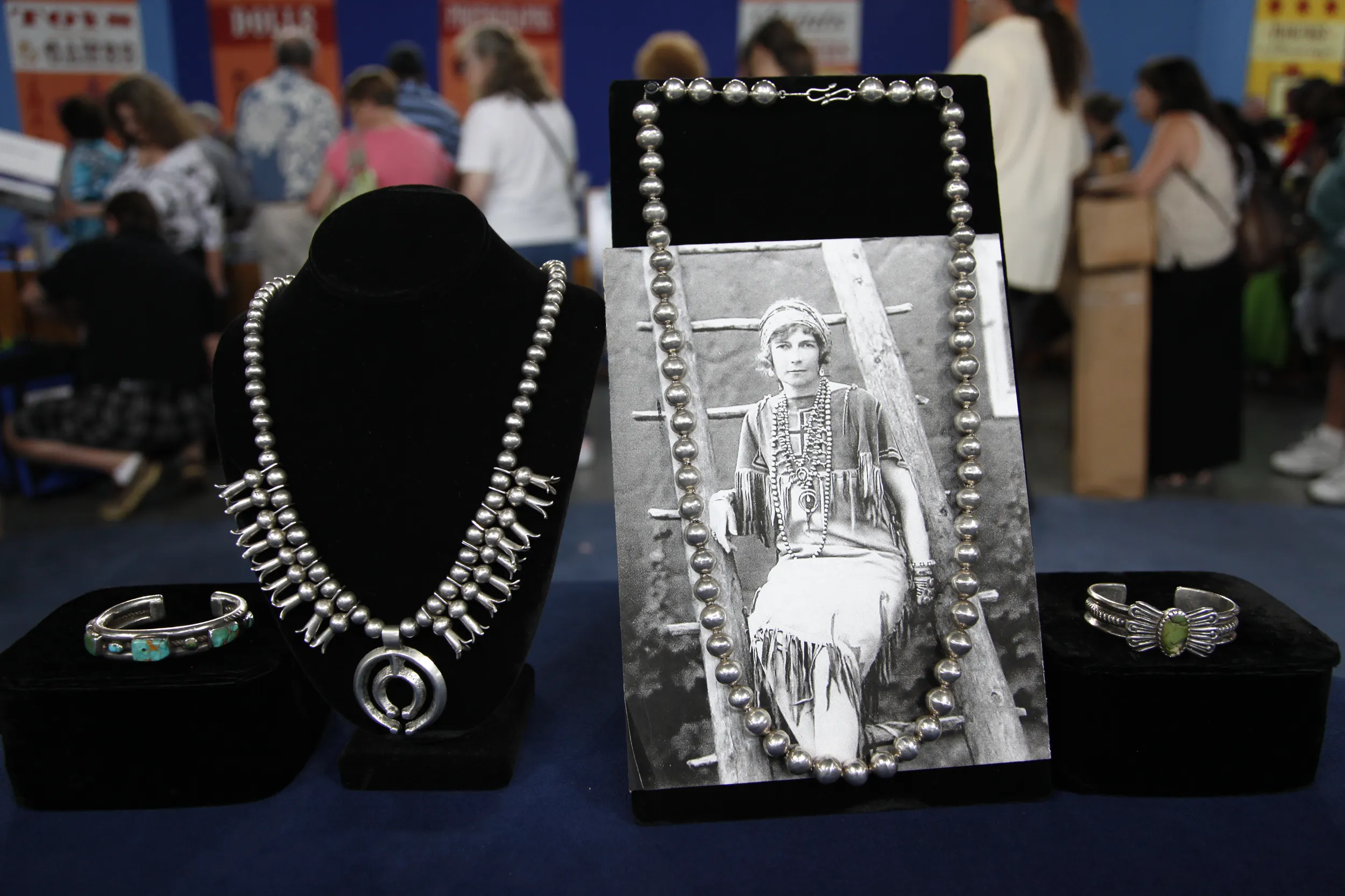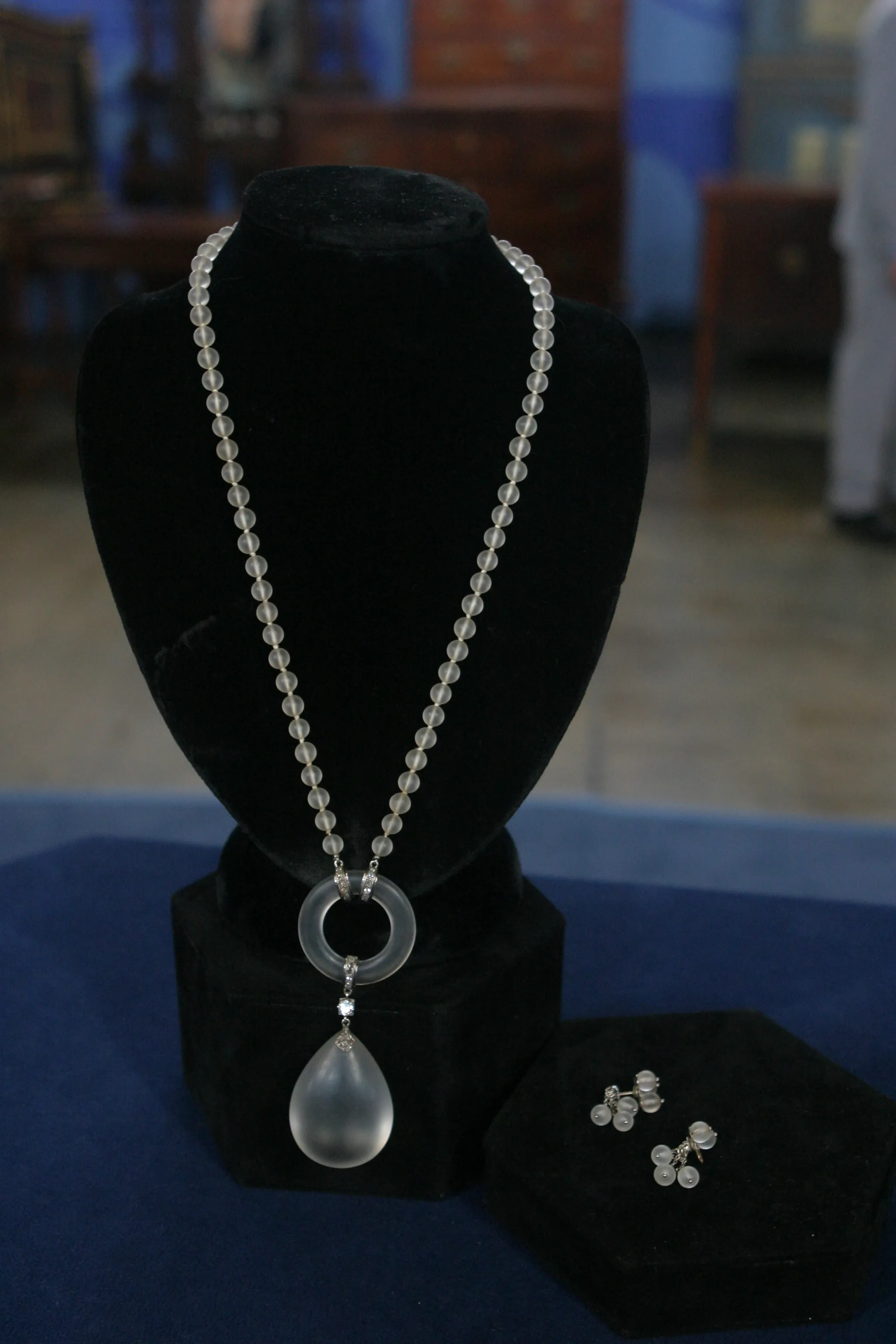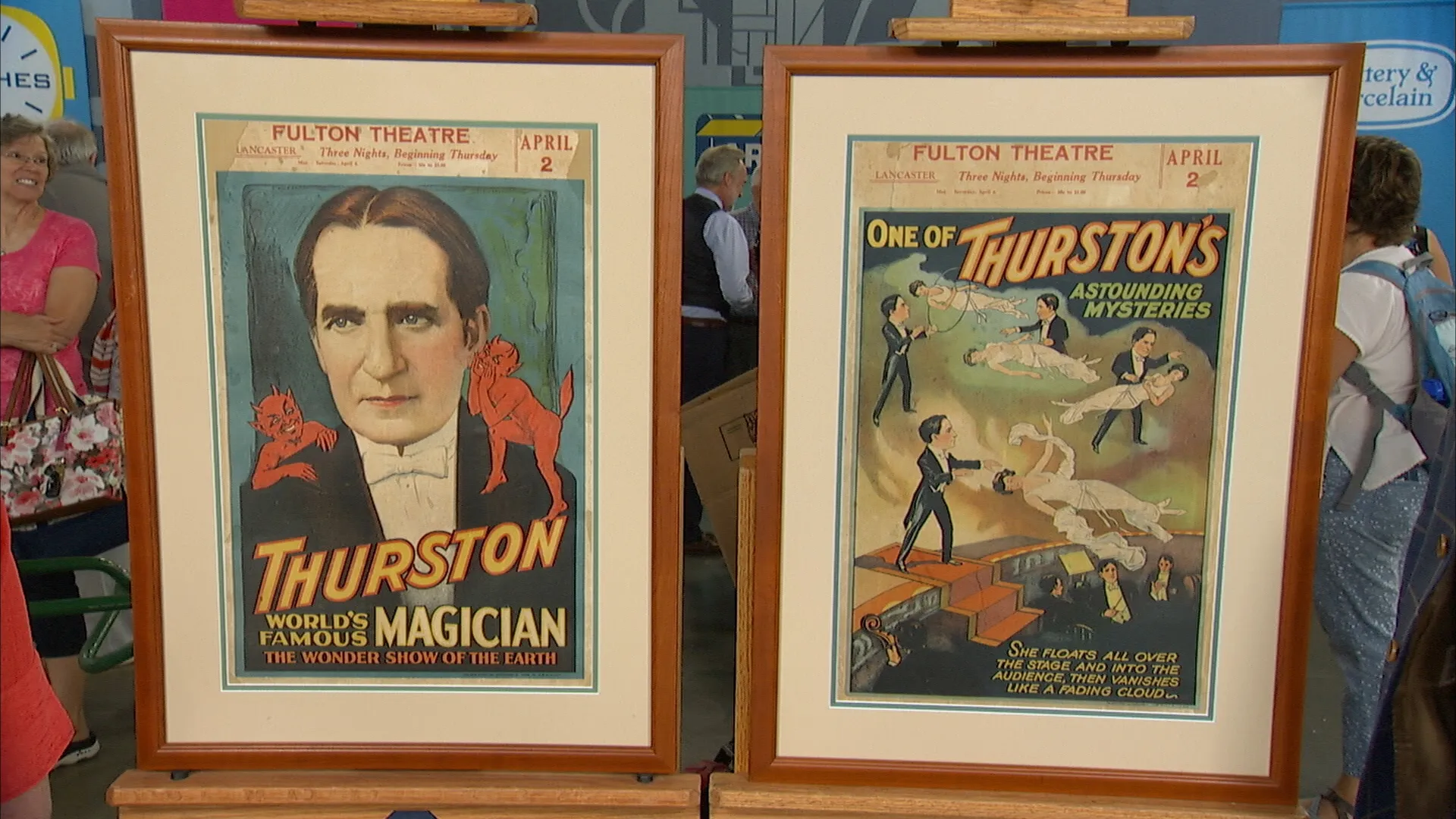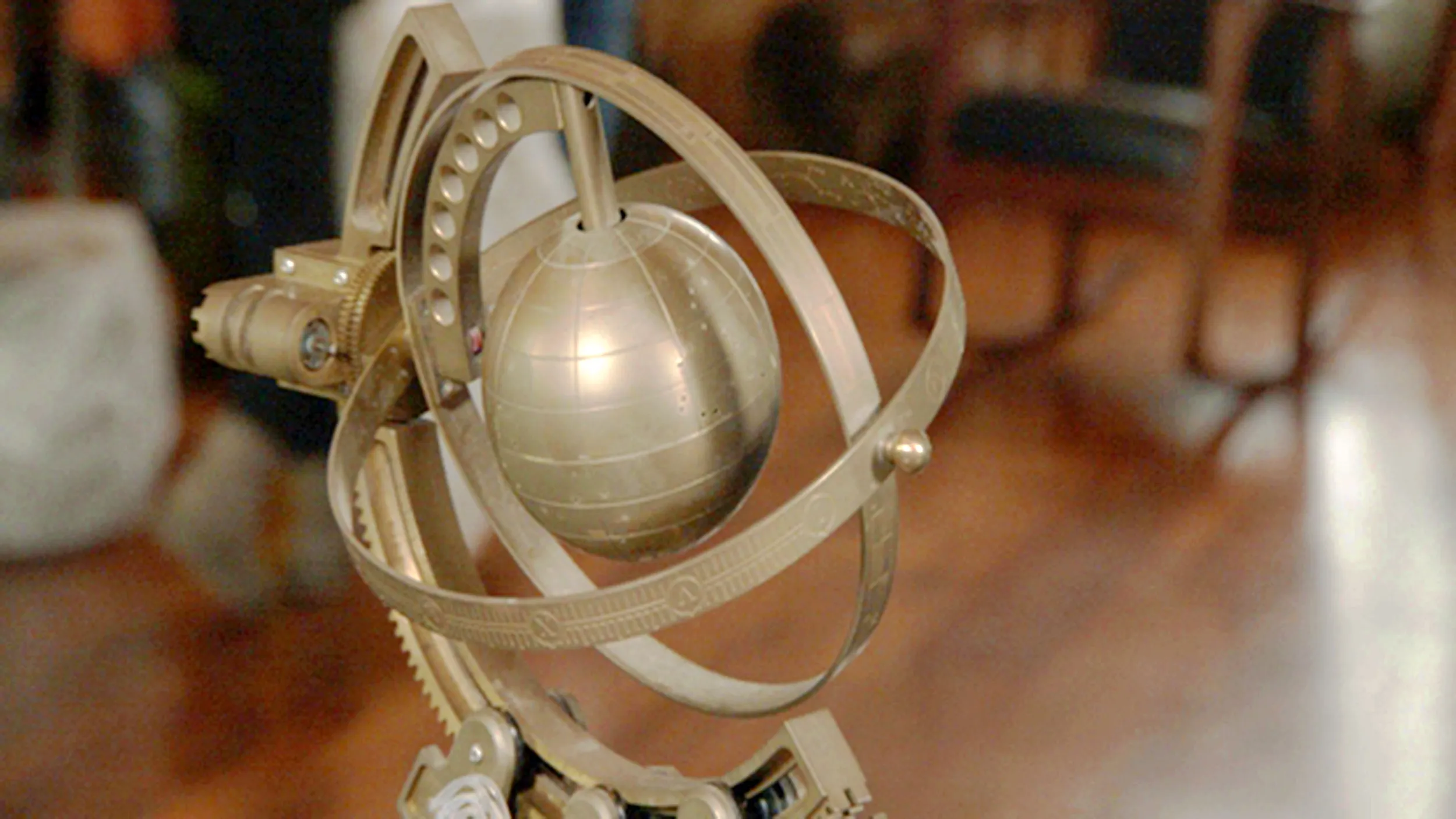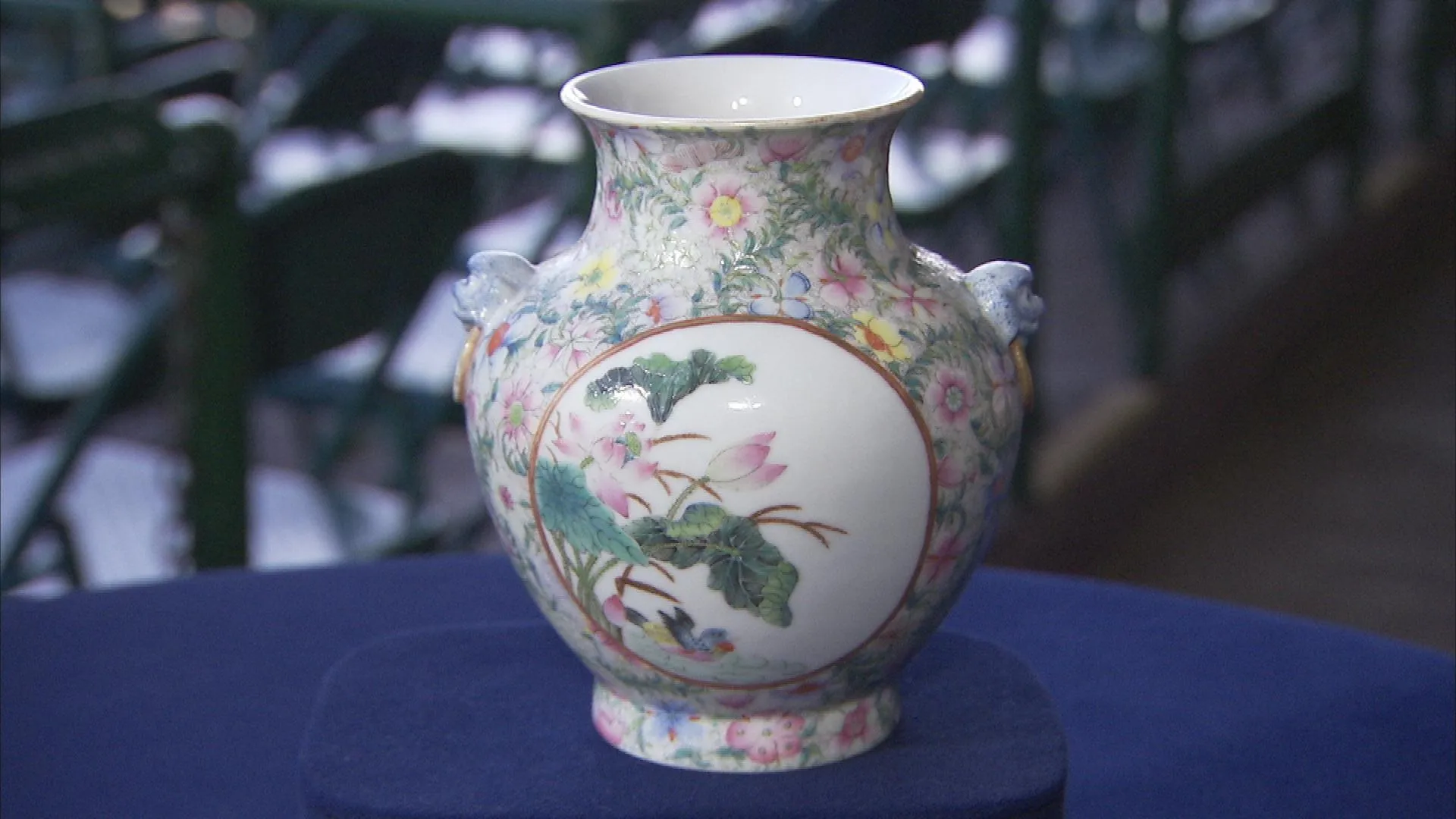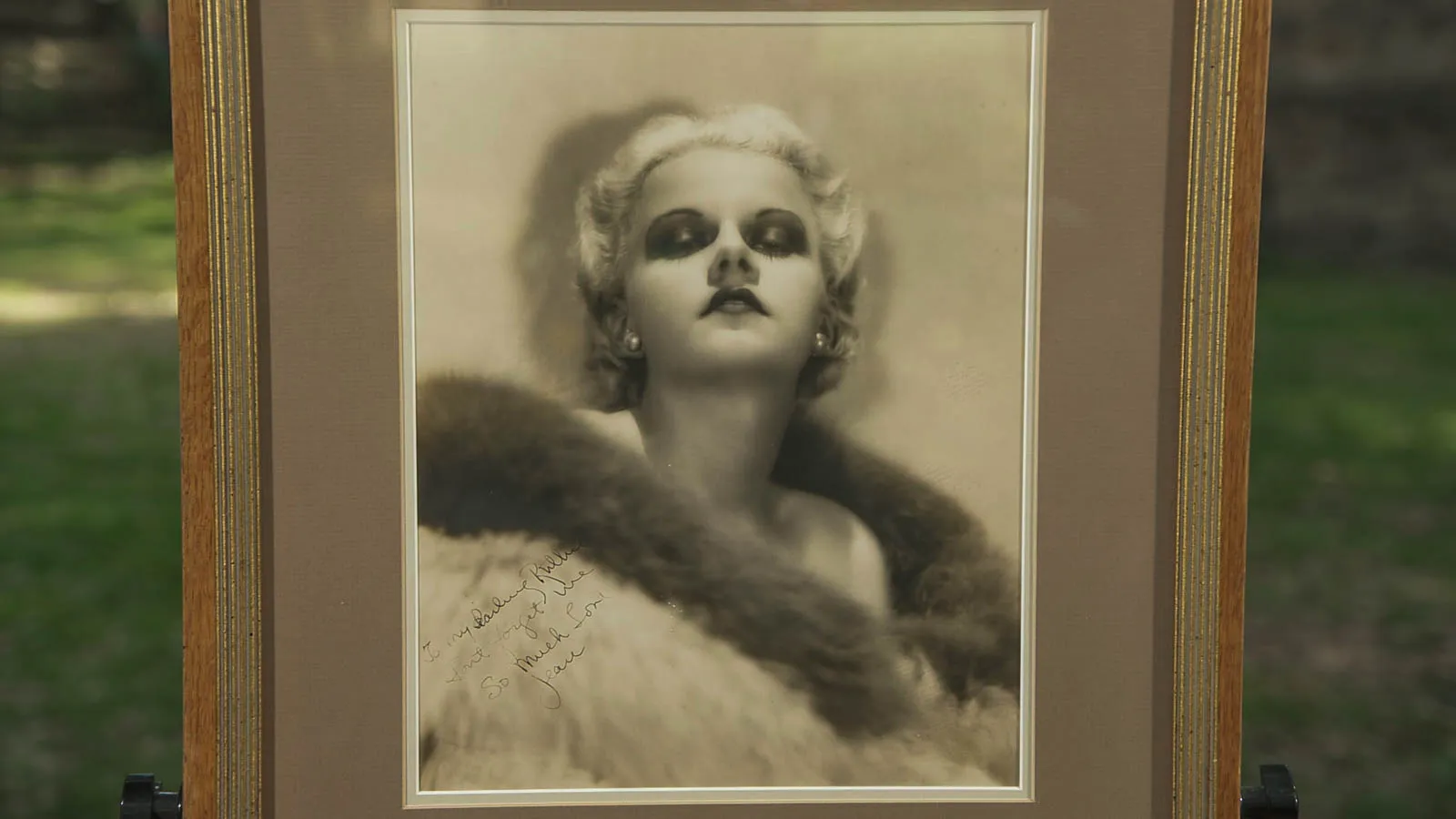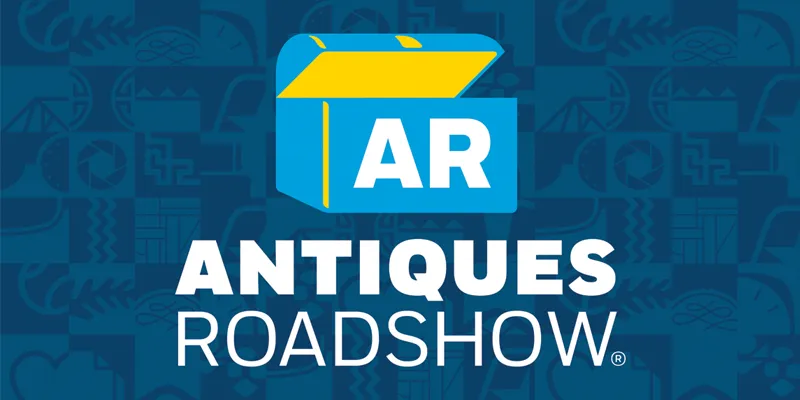GUEST: It was given to me 50 years ago. It was purchased in Paris for about $800 equivalent in francs at the time, and I was told that it was from Tsarist Russia.
APPRAISER: It's not Russian.
GUEST: It's not Russian.
APPRAISER: It's not Russian, all right?
GUEST: Okay.
APPRAISER: Usually, what we do is, we look for hallmarks. You look for a stamp, a cartouche-- something.
GUEST: Mm-hmm.
APPRAISER: There's really nothing on this. There's some influences here that remind me of Buccellati, which is Italian, especially the way this engraving is done on the yellow gold. That's 18-karat yellow gold here. But it's not Italian, either. This piece to me looks like it's from around 1912, 1915. Buccellati was around when this piece was made, but they really didn't get going till the 1920s. It's platinum, with that yellow gold, but it is most definitely French.
GUEST: Okay.
APPRAISER: It has old European-cut diamonds throughout it. There's not really that much diamonds in it. There's about a carat worth of diamonds, if you add them all up. Another nice touch is, you have these pearls. These are not cultured pearls. These are all-natural pearls. So you had an evaluation on this done at one time?
GUEST: Yes, I was offered $2,000 for it.
APPRAISER: Okay-- too little. If I put this into auction today, I would comfortably put it in for $8,000 to $12,000.
GUEST: Whew! That is a nice piece of news. (laughs)
APPRAISER: (laughing) Sound better?
GUEST: Thank you, yes. Yeah. It certainly does.
